Filters
Enemas
-
 Year End Sale 8%
Original price $ 1.95Current price $ 1.79
Year End Sale 8%
Original price $ 1.95Current price $ 1.79Cleansing Enema Set with 1500 ml Bag, Intet Tubing, Castile Soap and Clamp
Dynarex5 reviewsCleansing Enema Set is a disposable, latex free enema bag used to clean the colon and prevent chronic constipation. The cleansing enema set allows...
View full details1 -
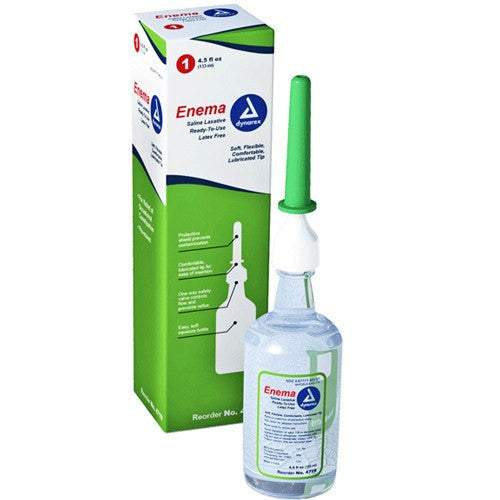 Year End Sale 60%
Original price $ 2.95Current price $ 1.19
Year End Sale 60%
Original price $ 2.95Current price $ 1.19Enema, Sodium Phosphate Laxative with Soft Lubricated Tip
DynarexNo reviewsSodium Phosphate is a ready-to-use, saline-based rectal enema for relieving constipation and cleanses the bowel before examinations. Complete with ...
View full details1 -
 Year End Sale 28%
Original price $ 3.95Current price $ 2.85
Year End Sale 28%
Original price $ 3.95Current price $ 2.85Fleet Laxative Mineral Oil Enema for Constipation Relief
MedTech1 reviewThe Fleet Mineral Oil Enema is a disposable, squeeze bottle laxative used to relieve occasional constipation and prevent straining bowel movements....
View full details1 -
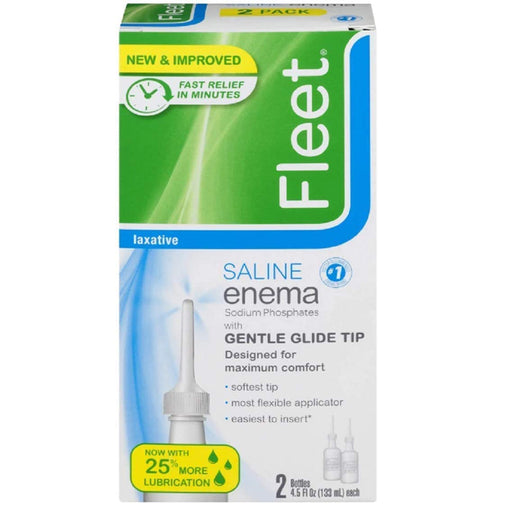 Year End Sale 34%
Original price $ 4.99Current price $ 3.29
Year End Sale 34%
Original price $ 4.99Current price $ 3.29Fleet Adult Saline Enema Sodium Phosphate with Gentle Glide Tip, Twin Pack
MedTechNo reviewsTrusted for over a century, the Fleet Adult Saline Enema conveniently available in a Twin Pack helps to relieve constipation and cleanse the bowels...
View full details1 -
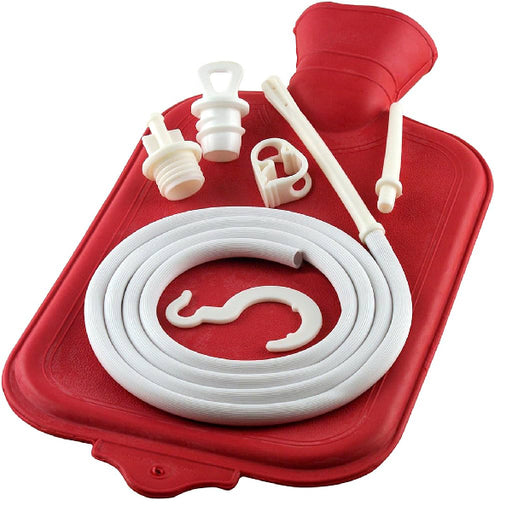 Year End Sale 35%
Original price $ 19.95Current price $ 12.95
Year End Sale 35%
Original price $ 19.95Current price $ 12.95Red Rubber Enema Fountain Flush System
CaraNo reviewsRed Rubber Enema Fountain Flush System by Cara – Complete Cleansing System for Home Use Safe, Effective, and Reliable for Personal Care and Wellnes...
View full details1 -
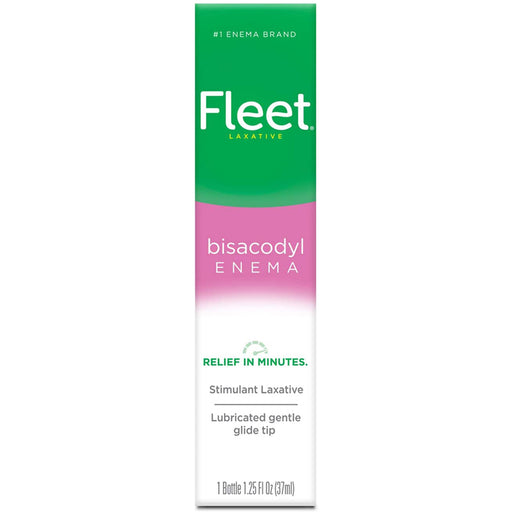 Year End Sale 24%
Original price $ 4.95Current price $ 3.75
Year End Sale 24%
Original price $ 4.95Current price $ 3.75Fleet Bisacodyl Enema with Comfortip for Adult Constipation Relief 1.25 oz
MedTech1 reviewFleet Bisacodyl Enema with Comfortip is a medication used to treat constipation in adults and children. It contains the active ingredient bisacodyl...
View full details1 -
 Year End Sale 54%
Original price $ 4.89Current price $ 2.25
Year End Sale 54%
Original price $ 4.89Current price $ 2.25Fleet Pedia Lax Pediatric Childrens Saline Enema with Flexible Lubricated Comfortip
MedTechNo reviewsFleet Pedia Lax Pediatric Childrens Saline Enema with Flexible Lubricated Comfortip by Fleet provides the same fast-acting constipation relief as r...
View full details1 -
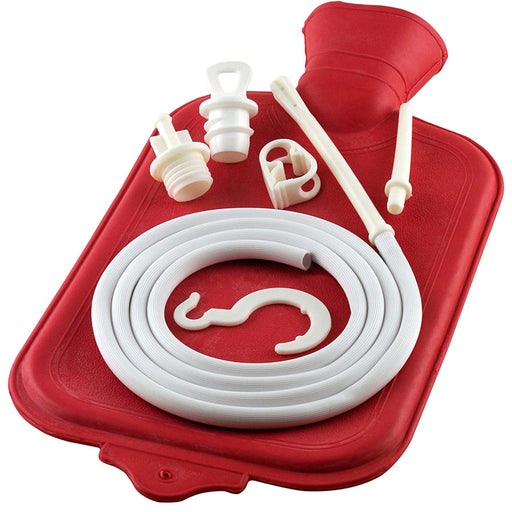 Year End Sale 35%
Original price $ 19.99Current price $ 12.95
Year End Sale 35%
Original price $ 19.99Current price $ 12.95Leader Fountain Syringe Douche Enema
Leader1 reviewLeader Fountain Syringe Douche Enema is designed as an all-in-one feminine hygiene system or enema system. This perineal cleansing set features a n...
View full details1 -
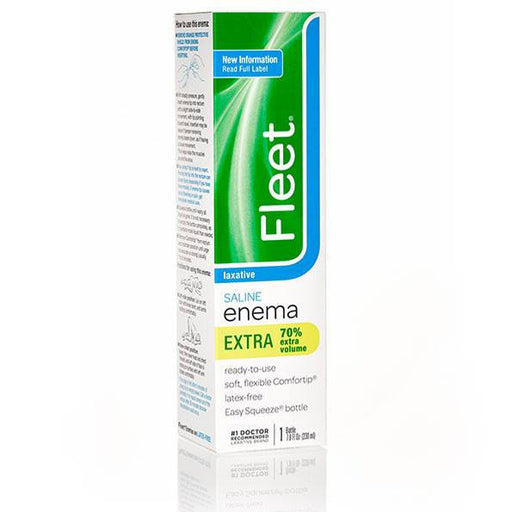 Year End Sale 34%
Original price $ 4.95Current price $ 3.25
Year End Sale 34%
Original price $ 4.95Current price $ 3.25Fleet Saline Laxative Enema for Adults Extra Sodium Phosphate 7.8 oz
MedTechNo reviewsFleet Enemas are latex free. Ready-to-use. Latex free. Soft, flexible Comfortip. Easy squeeze. Extra cleansing. Extra relief. No. 1 doctor recommen...
View full details1 -
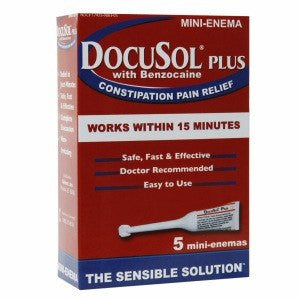 Year End Sale 21%
Original price $ 18.95Current price $ 14.99
Year End Sale 21%
Original price $ 18.95Current price $ 14.99Docusol Plus Mini Enema with Benzocaine for Constipation Relief
Quest ProductsNo reviewsRelieve constipation pain with Docusol Plus Mini Enema used to softening stool, relieve constipation and numb rectal pain with 20% benzocaine. This...
View full details1 -
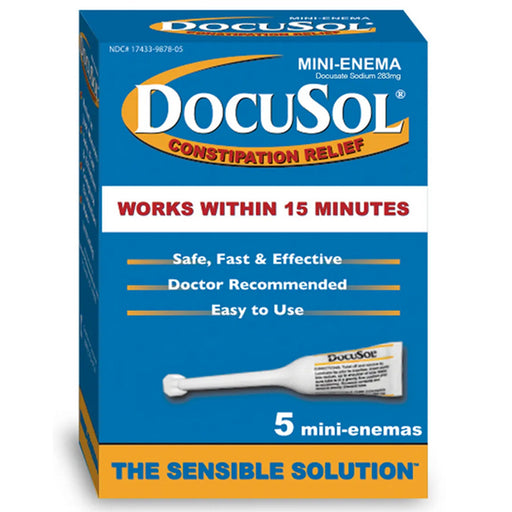 Year End Sale 31%
Original price $ 22.95Current price $ 15.95
Year End Sale 31%
Original price $ 22.95Current price $ 15.95Docusol Mini Enema for Constipation Relief 5-Pack
Quest Products1 reviewFacilitate evacuation and get safe, fast, and effective relief of occasional constipation using Docusol Mini Enema Constipation Relief 5pk. Doctor ...
View full details1 -
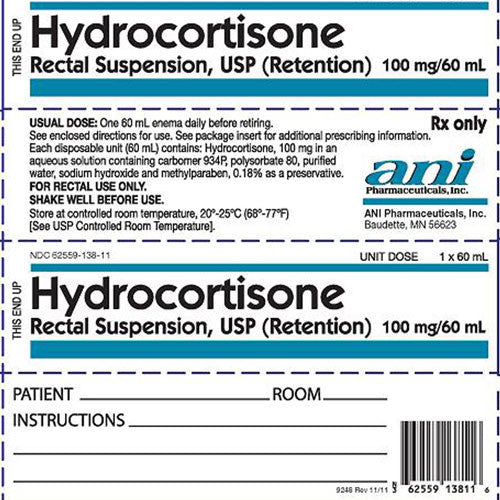 Year End Sale 20%
Original price $ 129.95Current price $ 104.25
Year End Sale 20%
Original price $ 129.95Current price $ 104.25Ani Rectal Suspension Retention Enemas (Pack of 7 Bottles x 60 mL) (Rx)
ANI PharmaceuticalsNo reviewsANI Pharmaceuticals Hydrocortisone Rectal Suspension Enema is a convenient disposable single-dose hydrocortisone enema designed for ease of self-ad...
View full details🔒 Medical License Required -
 Year End Sale 55%
Original price $ 3.95Current price $ 1.79
Year End Sale 55%
Original price $ 3.95Current price $ 1.79Fleet Sodium Phosphate Enema for Adults
MedTechNo reviewsEnema Sodium Phosphate provides a saline laxative for the relief of occasional constipation and bowel irregularity. Made with a monobasic sodium ph...
View full details1 -
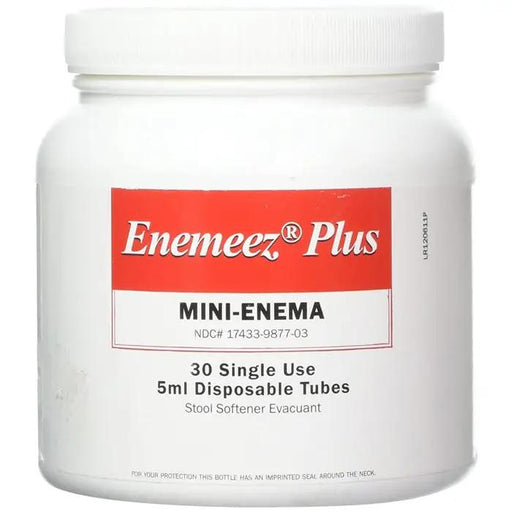 Year End Sale 28%
Original price $ 119.85Current price $ 85.95
Year End Sale 28%
Original price $ 119.85Current price $ 85.95Enemeez Plus Mini Enema with Benzocaine Anesthetic 30 Count
Quest ProductsNo reviewsThe ENEMEEZ formulation functions as a stool-softening, hyperosmotic laxative by drawing water into the bowel from surrounding body tissues. The do...
View full details1 -
 Year End Sale 18%
Original price $ 699.95Current price $ 575.00
Year End Sale 18%
Original price $ 699.95Current price $ 575.00Mesalamine Rectal Suspension Enema Kit 4 gram per 60 mL 28-Pack (RX)
Padagis USNo reviewsMesalamine rectal suspension enema kit is used to treat ulcerative colitis, specifically targeting inflammation in the rectum and lower part of the...
View full details🔒 Medical License Required -
 Year End Sale 20%
Original price $ 325.00Current price $ 259.00
Year End Sale 20%
Original price $ 325.00Current price $ 259.00Mesalamine Rectal Suspension Enema Kit Unit Doses Bottles 60 mL x 7/Box
Padagis USNo reviewsA Mesalamine Rectal Suspension Enema Kit 60mL is used to treat ulcerative colitis, a form of inflammatory bowel disease. The enema delivers medicat...
View full details🔒 Medical License Required -
 Year End Sale 22%
Original price $ 325.00Current price $ 255.00
Year End Sale 22%
Original price $ 325.00Current price $ 255.00Mesalamine Rectal Suspension Enema Kit 4 grams per 60 mL x7/Pack
Padagis USNo reviewsMesalamine rectal suspension enema kit is used to treat ulcerative colitis, specifically targeting inflammation in the rectum and lower part of the...
View full details🔒 Medical License Required -
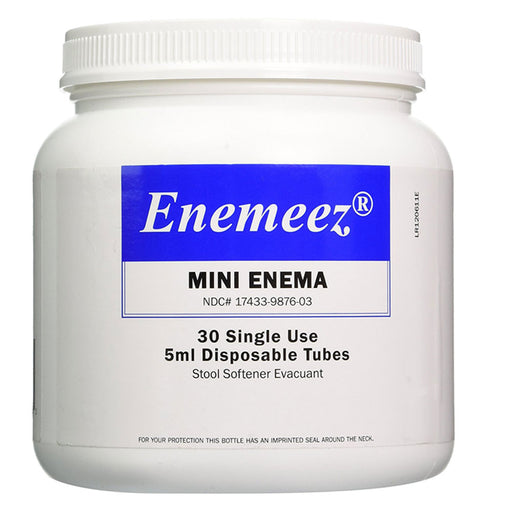 Year End Sale 35%
Original price $ 129.95Current price $ 83.95
Year End Sale 35%
Original price $ 129.95Current price $ 83.95Enemeez Stool Softner Mini Enemas, 30 Disposable Tubes
Alliance LabsNo reviewsEnemeez Stool Softener Mini Enemas are used for relief of occasional constipation (irregularity). This product generally produces a stimulus and bo...
View full details1



















